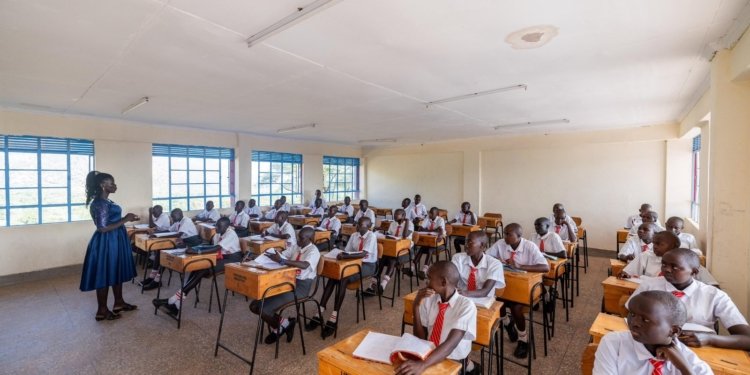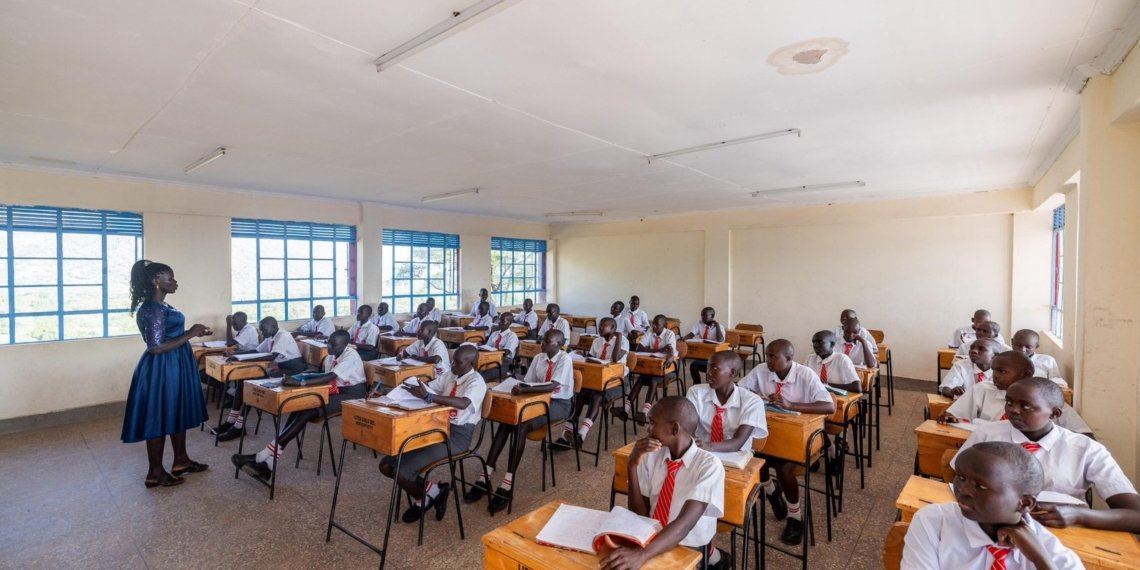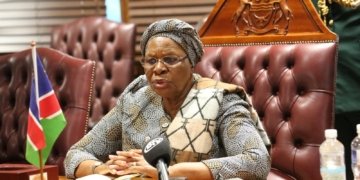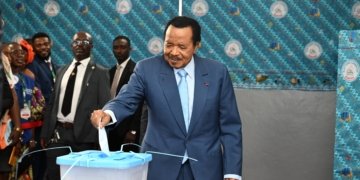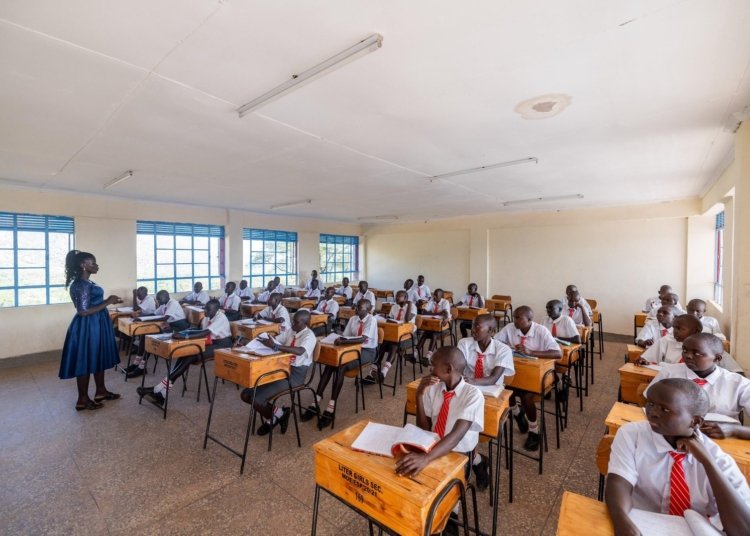Kenya will begin charging public senior secondary school students an annual fee of KSh 53,554 (approximately $414) starting in 2026, ending a long-standing subsidy that previously covered most of the costs.
The change is part of new guidelines issued by the Ministry of Education, which also reduce per-student capitation funding from KSh 22,244 ($170) to KSh 12,870 ($100).
The move comes amid rising budget pressures and is seen as a shift in policy focus toward cost-sharing with households.
Critics argue the new fees risk reversing gains in enrollment and widening inequality, particularly for students from low-income families.
In contrast, Malawi is taking steps in the opposite direction. President Arthur Peter Mutharika announced late October that all public schools must stop collecting fees from learners, including contributions to School Development Funds. Only boarding fees will remain applicable.
The directive is part of a broader rollout of free public primary and secondary education beginning January 2026.
The Malawian government says the plan is aimed at boosting access to education in the country.
The policy covers tuition, exam fees and levies, with funding allocated in the national budget to support implementation.
The diverging approaches highlight growing disparities in education financing across Africa.
While Malawi joins countries like Tanzania and Rwanda in expanding free access, Kenya’s new cost structure has drawn criticism from education advocates and civil society groups, who warn it could undermine progress in universal education access.
Kenya’s Ministry of Education has defended the decision, saying the revised funding model is designed to sustain school operations amid fiscal constraints.
However, concerns remain over how families, especially in rural and marginalized areas, will cope with the added burden.

